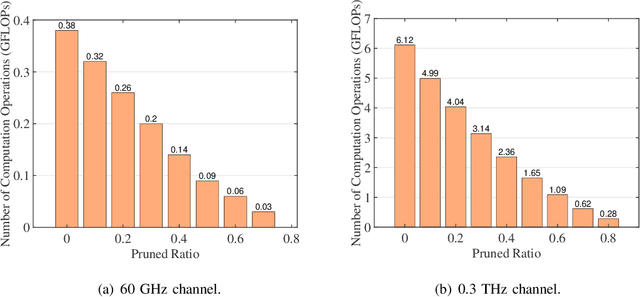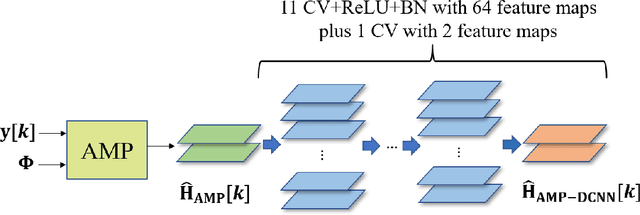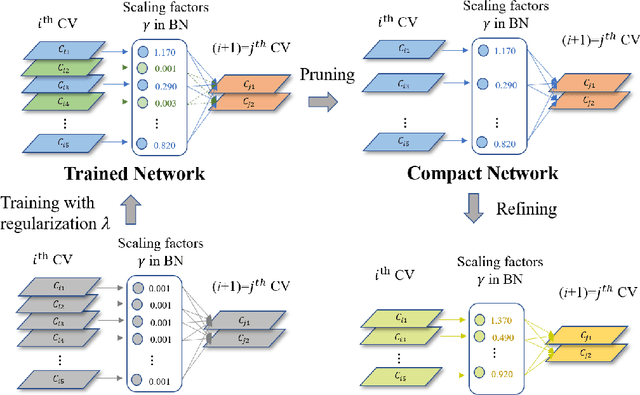Zhengdong Hu
Generalizable Origin Identification for Text-Guided Image-to-Image Diffusion Models
Jan 04, 2025
Abstract:Text-guided image-to-image diffusion models excel in translating images based on textual prompts, allowing for precise and creative visual modifications. However, such a powerful technique can be misused for spreading misinformation, infringing on copyrights, and evading content tracing. This motivates us to introduce the task of origin IDentification for text-guided Image-to-image Diffusion models (ID$^2$), aiming to retrieve the original image of a given translated query. A straightforward solution to ID$^2$ involves training a specialized deep embedding model to extract and compare features from both query and reference images. However, due to visual discrepancy across generations produced by different diffusion models, this similarity-based approach fails when training on images from one model and testing on those from another, limiting its effectiveness in real-world applications. To solve this challenge of the proposed ID$^2$ task, we contribute the first dataset and a theoretically guaranteed method, both emphasizing generalizability. The curated dataset, OriPID, contains abundant Origins and guided Prompts, which can be used to train and test potential IDentification models across various diffusion models. In the method section, we first prove the existence of a linear transformation that minimizes the distance between the pre-trained Variational Autoencoder (VAE) embeddings of generated samples and their origins. Subsequently, it is demonstrated that such a simple linear transformation can be generalized across different diffusion models. Experimental results show that the proposed method achieves satisfying generalization performance, significantly surpassing similarity-based methods ($+31.6\%$ mAP), even those with generalization designs.
Transformer-based GAN for Terahertz Spatial-Temporal Channel Modeling and Generating
Jun 12, 2023Abstract:Terahertz (THz) communications are envisioned as a promising technology for 6G and beyond wireless systems, providing ultra-broad continuous bandwidth and thus Terabit-per-second (Tbps) data rates. However, as foundation of designing THz communications, channel modeling and characterization are fundamental to scrutinize the potential of the new spectrum. Relied on time-consuming and costly physical measurements, traditional statistical channel modeling methods suffer from the problem of low accuracy with the assumed certain distributions and empirical parameters. In this paper, a transformer-based generative adversarial network modeling method (T-GAN) is proposed in the THz band, which exploits the advantage of GAN in modeling the complex distribution, and the powerful expressive capability of transformer structure. Experimental results reveal that the distribution of channels generated by the proposed T-GAN method shows good agreement with the original channels in terms of the delay spread and angular spread. Moreover, T-GAN achieves good performance in modeling the power delay angular profile, with 2.18 dB root-mean-square error (RMSE).
Transfer Generative Adversarial Networks (T-GAN)-based Terahertz Channel Modeling
Jan 03, 2023Abstract:Terahertz (THz) communications are envisioned as a promising technology for 6G and beyond wireless systems, providing ultra-broad bandwidth and thus Terabit-per-second (Tbps) data rates. However, as foundation of designing THz communications, channel modeling and characterization are fundamental to scrutinize the potential of the new spectrum. Relied on physical measurements, traditional statistical channel modeling methods suffer from the problem of low accuracy with the assumed certain distributions and empirical parameters. Moreover, it is time-consuming and expensive to acquire extensive channel measurement in the THz band. In this paper, a transfer generative adversarial network (T-GAN) based modeling method is proposed in the THz band, which exploits the advantage of GAN in modeling the complex distribution, and the benefit of transfer learning in transferring the knowledge from a source task to improve generalization about the target task with limited training data. Specifically, to start with, the proposed GAN is pre-trained using the simulated dataset, generated by the standard channel model from 3rd generation partnerships project (3GPP). Furthermore, by transferring the knowledge and fine-tuning the pre-trained GAN, the T-GAN is developed by using the THz measured dataset with a small amount. Experimental results reveal that the distribution of PDPs generated by the proposed T-GAN method shows good agreement with measurement. Moreover, T-GAN achieves good performance in channel modeling, with 9 dB improved root-mean-square error (RMSE) and higher Structure Similarity Index Measure (SSIM), compared with traditional 3GPP method.
PRINCE: A Pruned AMP Integrated Deep CNN Method for Efficient Channel Estimation of Millimeter-wave and Terahertz Ultra-Massive MIMO Systems
Mar 09, 2022



Abstract:Millimeter-wave (mmWave) and Terahertz (THz)-band communications exploit the abundant bandwidth to fulfill the increasing data rate demands of 6G wireless communications. To compensate for the high propagation loss with reduced hardware costs, ultra-massive multiple-input multiple-output (UM-MIMO) with a hybrid beamforming structure is a promising technology in the mmWave and THz bands. However, channel estimation (CE) is challenging for hybrid UM-MIMO systems, which requires recovering the high-dimensional channels from severely few channel observations. In this paper, a Pruned Approximate Message Passing (AMP) Integrated Deep Convolutional-neural-network (DCNN) CE (PRINCE) method is firstly proposed, which enhances the estimation accuracy of the AMP method by appending a DCNN network. Moreover, by truncating the insignificant feature maps in the convolutional layers of the DCNN network, a pruning method including training with regularization, pruning and refining procedures is developed to reduce the network scale. Simulation results show that the PRINCE achieves a good trade-off between the CE accuracy and significantly low complexity, with normalized-mean-square-error (NMSE) of $-10$ dB at signal-to-noise-ratio (SNR) as $10$ dB after eliminating $80\%$ feature maps.
 Add to Chrome
Add to Chrome Add to Firefox
Add to Firefox Add to Edge
Add to Edge